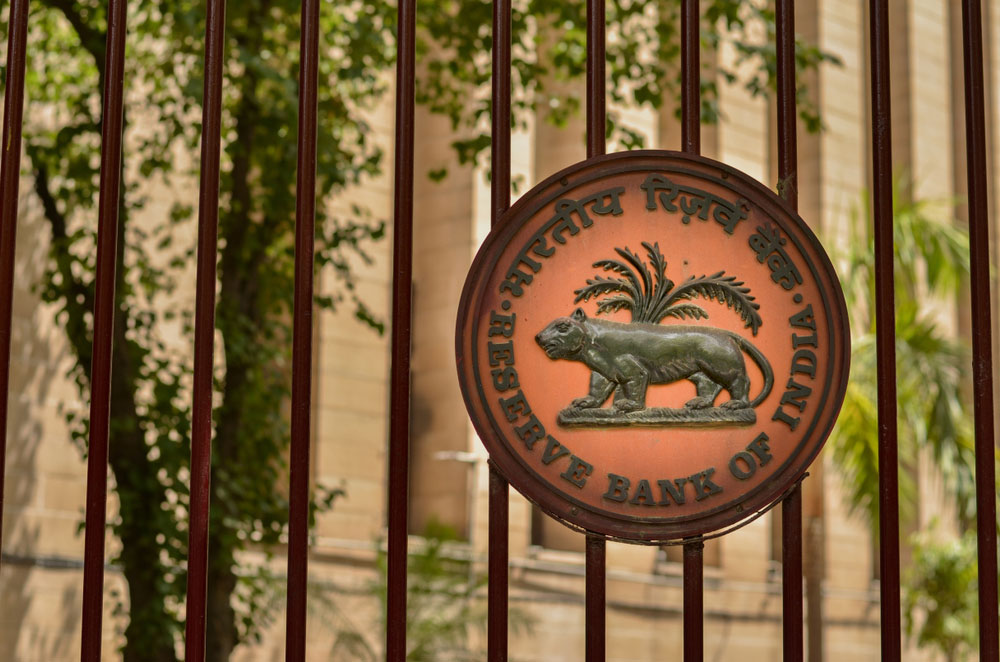Disappointing news seems to be raining from gloomy macroeconomic clouds. The latest round of data for consumer price index inflation for January 2020 and the index of industrial production for December 2019 are cause for concern about the short-term prospects of the Indian economy. The CPI inflation, which reflects the rate of retail price rise, has shot up to 7.59 per cent. Even if one leaves out the more volatile components of fuel and food items, the inflation rate, referred to as core inflation, is at 4.1 per cent, which is more than the Reserve Bank of India’s target of 4 per cent. The current inflation rate is the highest in six years, and all major components like food, fuel and manufactured goods are experiencing price rise. The increase in the rate of inflation has been steep, moving up from 3.28 per cent last August to 7.59 per cent in January this year. Factory output measured by the IIP has shrunk by 0.3 per cent in December 2019. The index shrunk every month since August 2019, barring November 2019 when it was a positive 1.8 per cent. In the period between April and November 2019, the rate of growth factory output was only 0.5 per cent against a rise of 4.7 per cent in the same period of the previous year. The international climate is not bright either. India’s exports have fallen for the last six months. This reflects poor international demand, which is unlikely to improve in a hurry since trade wars and insular policies are expected to intensify further.
The data are getting worse over time, with no clear indications of a recovery. Policy space would continue to shrink to stimulate consumer spending unless the Centre is bold enough to take measured risks to claw back to a high-growth regime. The government and the RBI appear to be stuck on the idea that thin credit flows and low levels of new investments are the core problems that need to be addressed. They are, undoubtedly, of significance, but for the very short term there has to be a direct method of providing the very poor with greater purchasing power. This idea seems to be unacceptable to the Bharatiya Janata Party-led government even though it is claiming that it has prioritized growth above concerns over the fiscal deficit. The waiting period for the stimulation of the animal spirits of investors is only getting longer.












